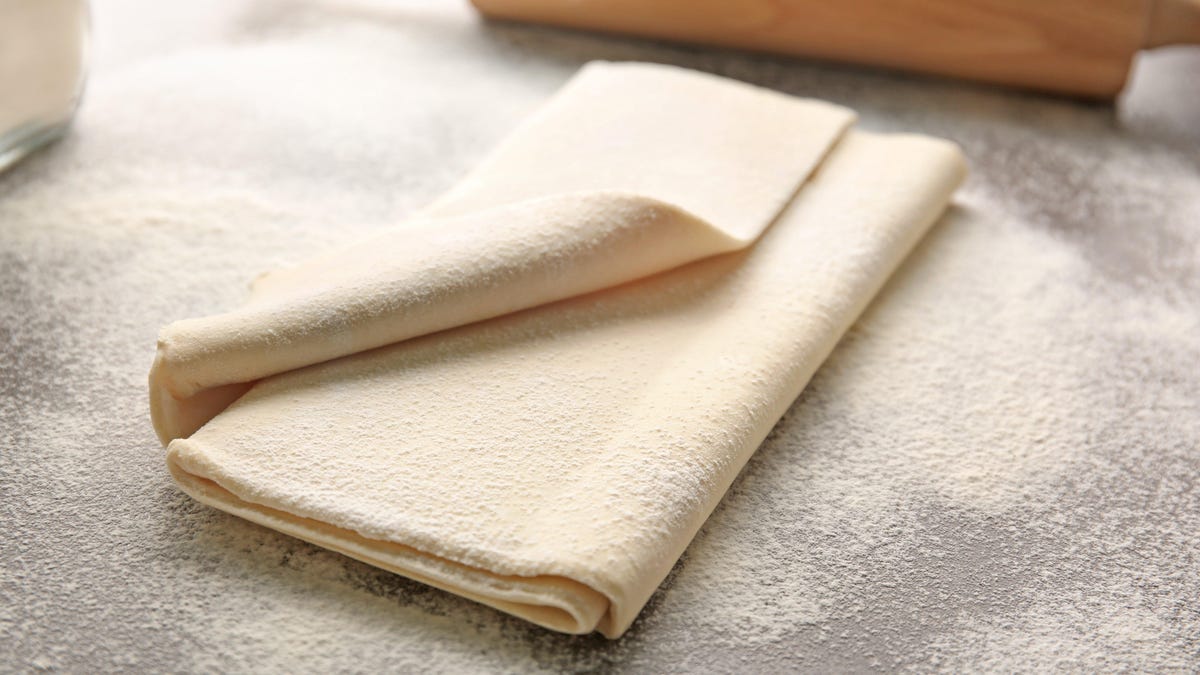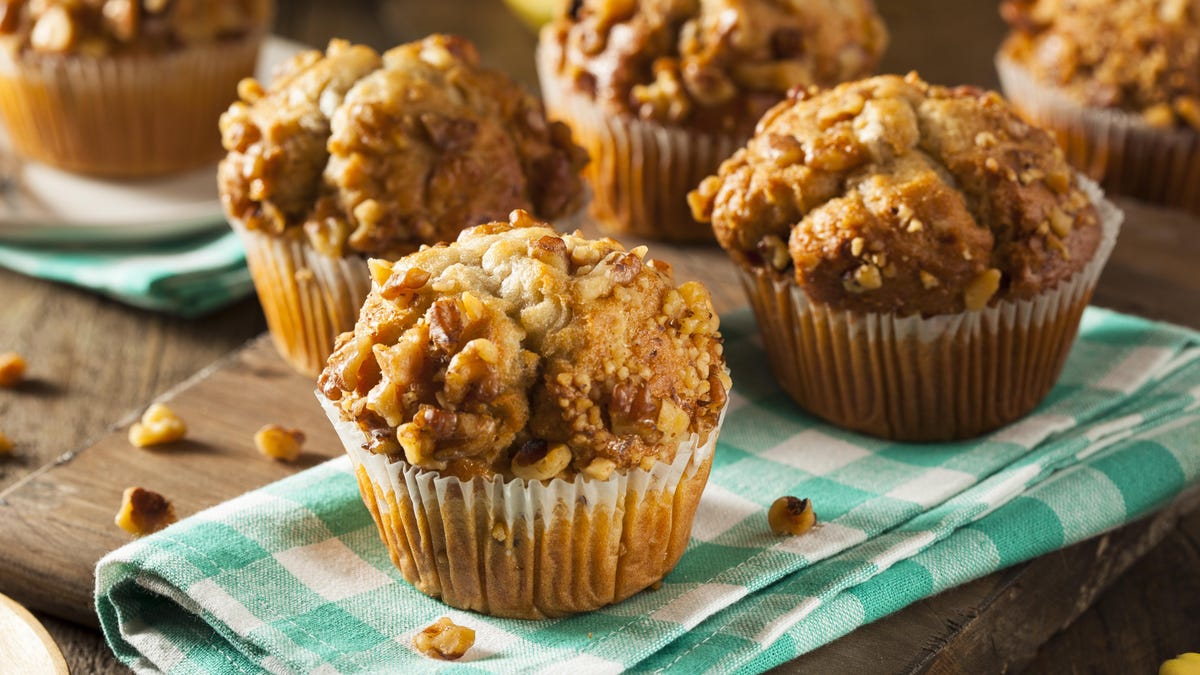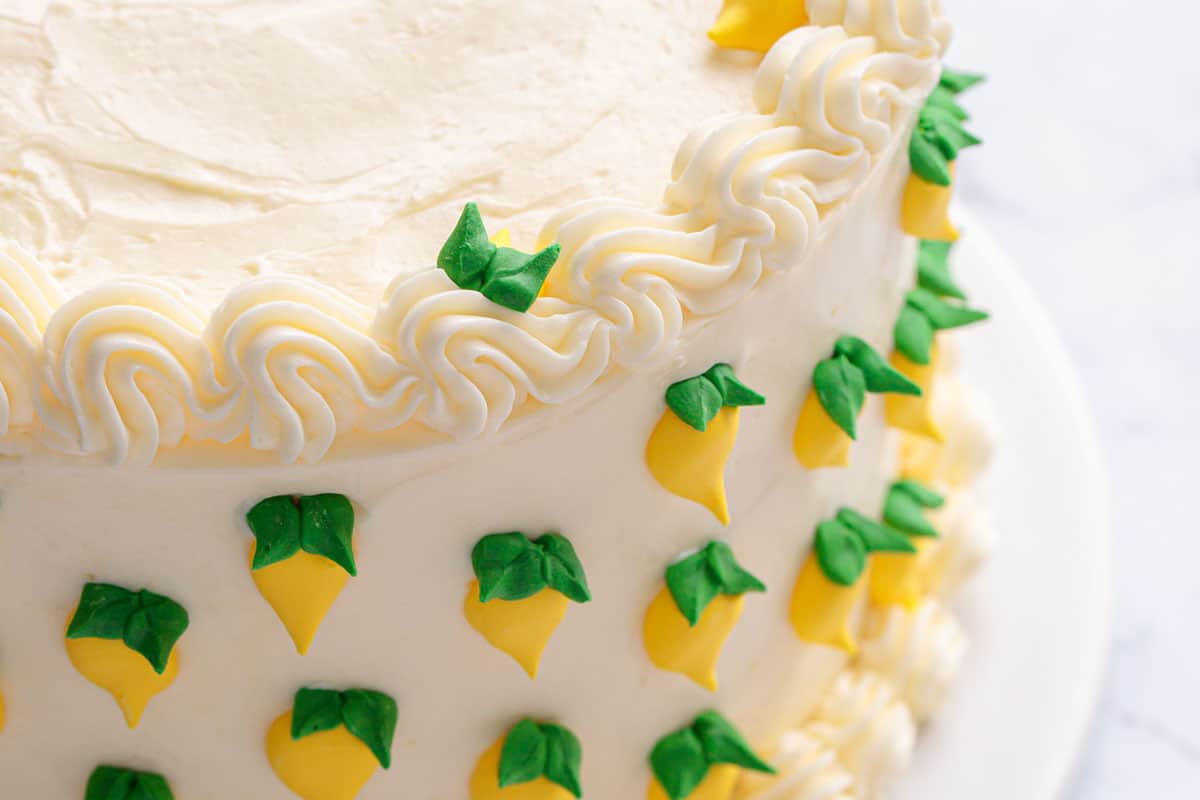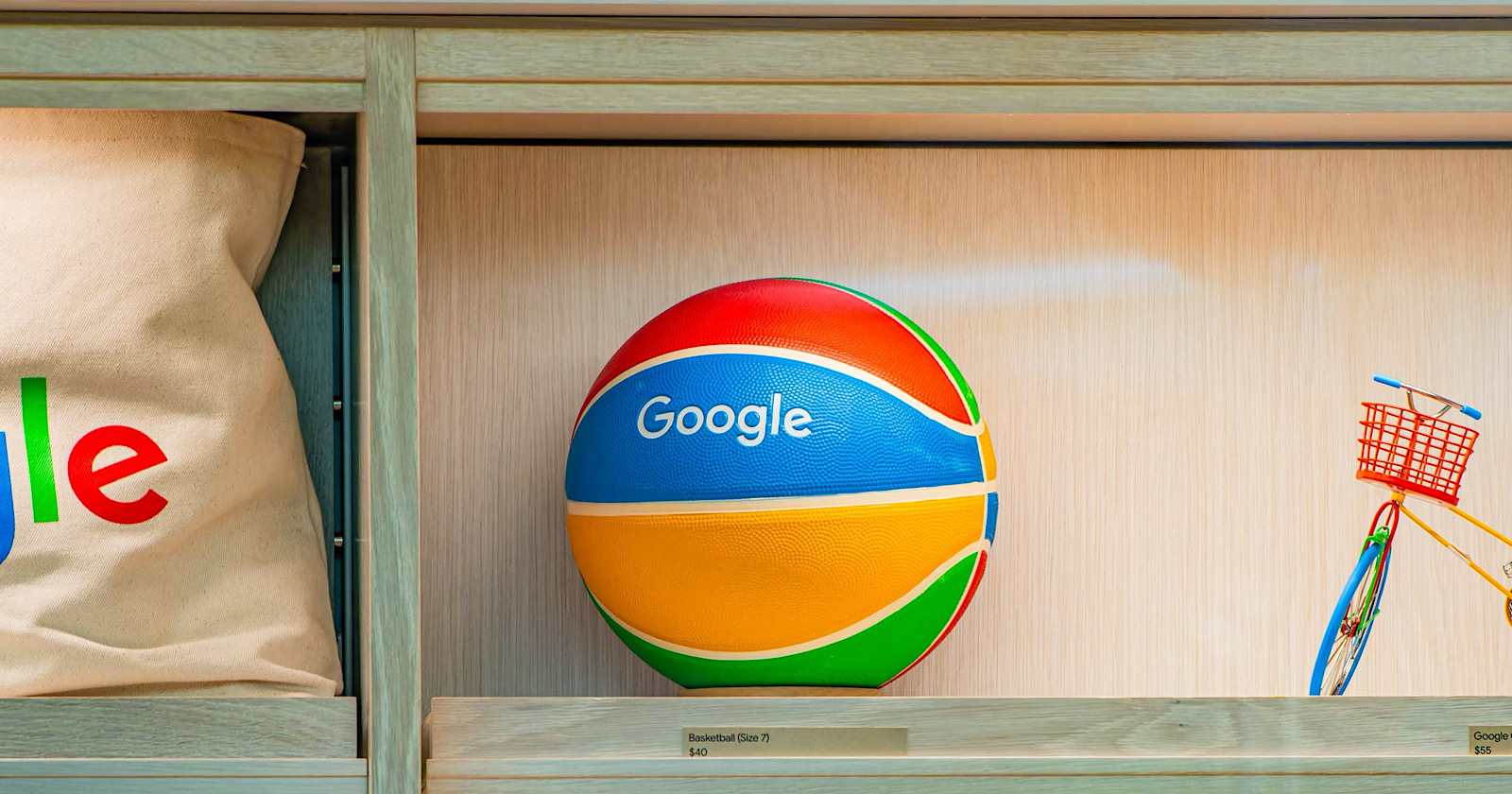The Difference Between Puff Pastry and Phyllo Dough
When it comes to flaky, buttery pastry, I’m an equal opportunity eater, but that doesn’t mean that all flaky pastry is the same. Puff pastry and phyllo dough are two important flaky doughs. Both are popular, delicious, and readily...


Photo: Africa Studio (Shutterstock)
When it comes to flaky, buttery pastry, I’m an equal opportunity eater, but that doesn’t mean that all flaky pastry is the same. Puff pastry and phyllo dough are two important flaky doughs. Both are popular, delicious, and readily available in the freezer section of many grocery stores, but there are some key differences. To make sure you grab the right one for your culinary needs, it’s important to know a few things.
What is puff pastry?
Puff pastry, also called pâte feuilletée, is a laminated dough, a pastry dough that is formed by carefully layering butter and dough together, usually via folding and rolling the dough several times in a specific pattern. (This applies to quick puff too.) The layers become very thin, but not so thin that the butter blends into the dough. The butter layers stay independent of the dough layers, so that when it comes time to bake, the water evaporates quickly out of the butter to create a thin air pocket, and the rest of the fat melts into the dough around it. This results in hundreds of steam pockets upon more steam pockets which appear as rapidly expanding dough, or puffed pastry.
Puff pastry has a high ratio of butter in it (it wouldn’t puff without the fat), so it’s very tender and tastes very rich. Most recipes that include puff pastry are small bites like vol au vents or mille feuille desserts. Although you can make puff pastry at home, it’s time consuming and not exactly fun for everyone. I usually buy it frozen from Trader Joe’s because I know theirs is all-butter, and the flavor is superior to the cheaper variety made with shortening.
Using puff pastry
To use puff pastry, make sure you’ve thawed it (according to the package directions if it was boxed), but it should still be cool to the touch. This pastry is very thin, and the butter in it will begin to heat up from the ambient temperature, or your hands. If it becomes too soft and mushy, return it to the fridge for a few minutes to set up again, otherwise you could squish the layers and eliminate its puffing power. Using a sharp knife or cookie cutter, so you slice through the lamination instead of smash it, cut the pastry to the size or shape you need. If you decide to use an egg wash to finish the pastry before baking, avoid the trimmed edges, as the egg will cook at a lower temperature than the pastry and lock the edges down, restricting its expansion.
What is phyllo dough?
Phyllo, or filo, is an extremely thin, fragile, unleavened pastry dough that is intended to be layered several times. This flaky stuff can be made at home, but because you often need so much dough to make a dish, and it dries out easily, many people opt to purchase the dough from the store. Alone, phyllo dough is not puffy. Fat needs to be added to it as it’s layered. Unlike puff pastry, which is thicker, and fat is already woven into the dough a particular way, phyllo dough layers vary by recipe. A sheet of dough is usually brushed with a thin layer of fat and stacked with another layer of phyllo. This layering pattern is repeated anywhere as little as five times, to over fifteen times if the recipe calls for it. When the completed dish is baked, the butter melts into the phyllo dough, allowing it to brown more easily while also giving it more flavor.
On its own, phyllo dough is rather bland and dry. The dough becomes more flavorful with brushed butter, but unlike puff pastry, the butter doesn’t particularly change the structure of the dough after baking. The texture becomes crisp as it dries out in the oven, and the edges caramelize better thanks to the Maillard reaction, but the dough sheets aren’t trapping steam the same way as puff pastry dough. That’s not a bad thing, they’re not supposed to. The layers of delicate dough shatter charmingly with every bite, and the ultra thin flakes seem to melt on your tongue. Phyllo is used as the pastry casing in many scrumptious recipes like spanakopita, and baklava.
Using phyllo dough
It’s best to have your whole station set up before you start building your phyllo-based dish. Have a pastry brush, and all of your melted butter or oil in a bowl ready to be brushed onto the dough. Make sure your dough thoroughly has thawed before starting (according to package directions if you’re using store-bought). Unwrap the dough and immediately place it between two damp tea towels. The delicate dough dries out within minutes and becomes impossible to lift when it’s no longer flexible, the damp towels will buy you some time. Be mindful that if your towels are too wet, the sheets will become soggy and stuck together. You’ll be pulling sheets out as you assemble the dish, so check on the dough’s status and decide if the sheets need hydration or if they have too much.
When should you use puff pastry or phyllo dough?
At the end of the bake, puff pastry and phyllo dough both result in flaky, buttery dough, and are both delicious when assembled properly. That being said, they’re not exactly interchangeable. Puff pastry is more completely prepared; the layers have already been created and all you really need to do at home is thaw and bake it. Phyllo dough requires looking after, buttering, and assembling, but you have more control over how it’s flavored, how much butter you want to add, if you want to add spices or sweetness to it, and how many layers you want. Plus you can drape sheets of phyllo decoratively over the top to give it a flowing, handkerchief look that I’m partial to.
If you’re following a recipe, use the dough that they indicate because all of their directions are specific to that dough, but if you’re exploring them on your own then you might have a little wiggle room. Consider what texture you’d like to achieve, and what you’re filling it with. Puff pastry is tender, absorbent, and rich (to a fault sometimes). Phyllo dough is crispier, drier, and a little stiff. Try out both, follow the tips above, and you’re bound to end up with something damn delicious.

 UsenB
UsenB 






























+Japan+x+Black+Rock+Press+Release_30+July+2024.jpg&h=630&w=1200&q=100&v=5f99a4b43f&c=1)

